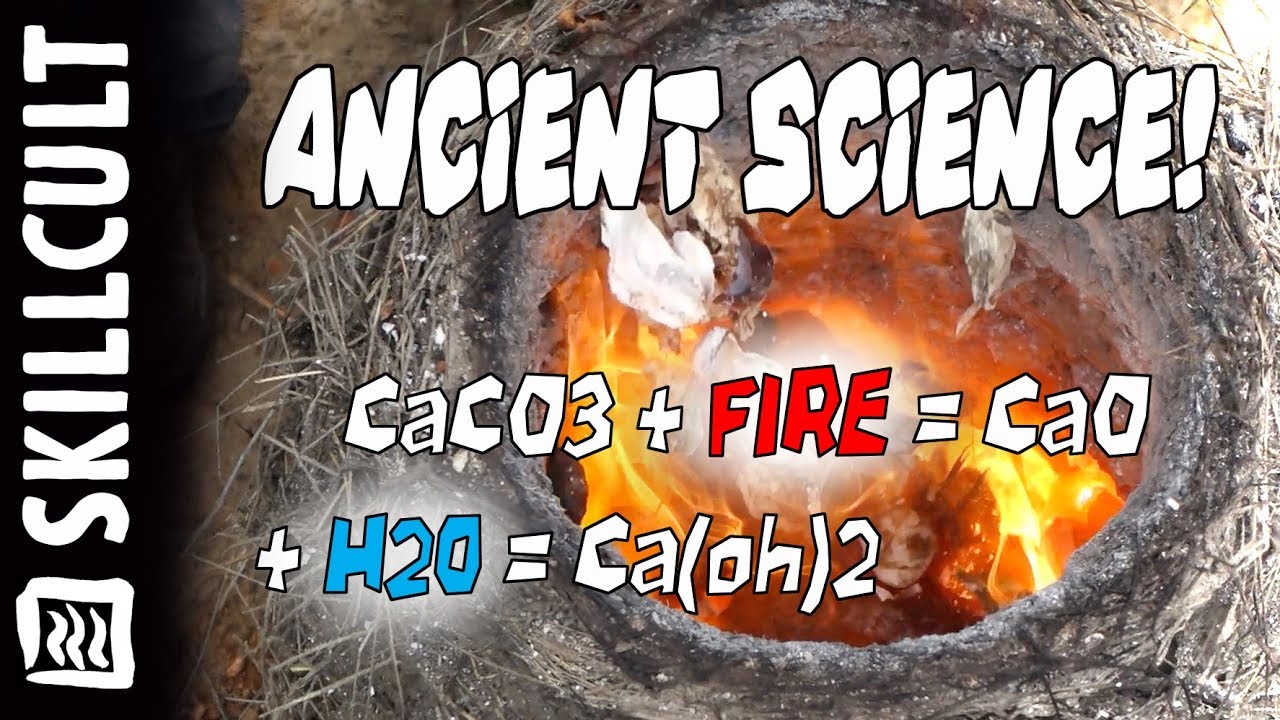The is possibly the most interesting and best made video I have ever watched on primitive skills. These guys take shells and by building a basic clay and straw kiln, heat shells and turn them into slaked lime. This can be used for a variety of purposes.
In older communities, lime kilns are now delict antiquities lying at the edge of the ocean or mountainside. But once upon a time, before Portland cement became popular, lime played an important part in every town.
Calcium hydroxide (traditionally called slaked lime) is an inorganic compound with the chemical formula Ca(OH)2. It is a colorless crystal or white powder and is obtained when calcium oxide (called lime or quicklime) is mixed, or slaked with water. (The geothermic reaction is intense!) It has many names including hydrated lime, caustic lime, builders’ lime, slack lime, cal, or pickling lime. When hydrated lime is added to a cement/sand mortar mix, the sand and the cement do not separate. It makes the final mortar more waterproof. Shrinkage cracking often can be eliminated or minimized when hydrated lime is used and the addition of slaked lime to your cement will extend its life and waterproof qualities. You can’t really mix slaked lime with Portland cement. (Want to dig deeper, check this out.)
Calcium hydroxide, or slaked lime has many uses: it is used to regulate the pH levels of soil, for whitewashing, in certain hair preparations, dentistry, as a natural insecticide and in sewage water treatment. Farmers use it in barns to control odors and pests. (Great Tamil website here has recipes for uses including a throat infection where honey is mixed with slaked lime and applied externally!)
Limewater is the common name for a saturated solution of calcium hydroxide.
Without lime, much of what we do today would be impossible. In this second video, we see how to produce slaked lime on a semi-industrial scale, using pre-baked limestone. In a disaster, this skill would be a life-saver.
Calcium hydroxide is not toxic at low concentrations, but at higher concentrations, eye/skin contact, inhalation or swallowing of the aqueous calcium hydroxide solution can cause blindness, severe skin irritation, chemical burns, or lung damage.
As a child we used it as a whitewash for our house by the sea. Be careful if you try this! As my father used to say, “Don’t go near the lime shed, you’ll go blind!”
